Well, where can you see swamps, meadows, wild flowers, scrub, woodland, lakes, riverside, rough grassland, and even a Victorian monument, all in an hour’s walk, and in easy reach of London? Wraysbury is the answer.
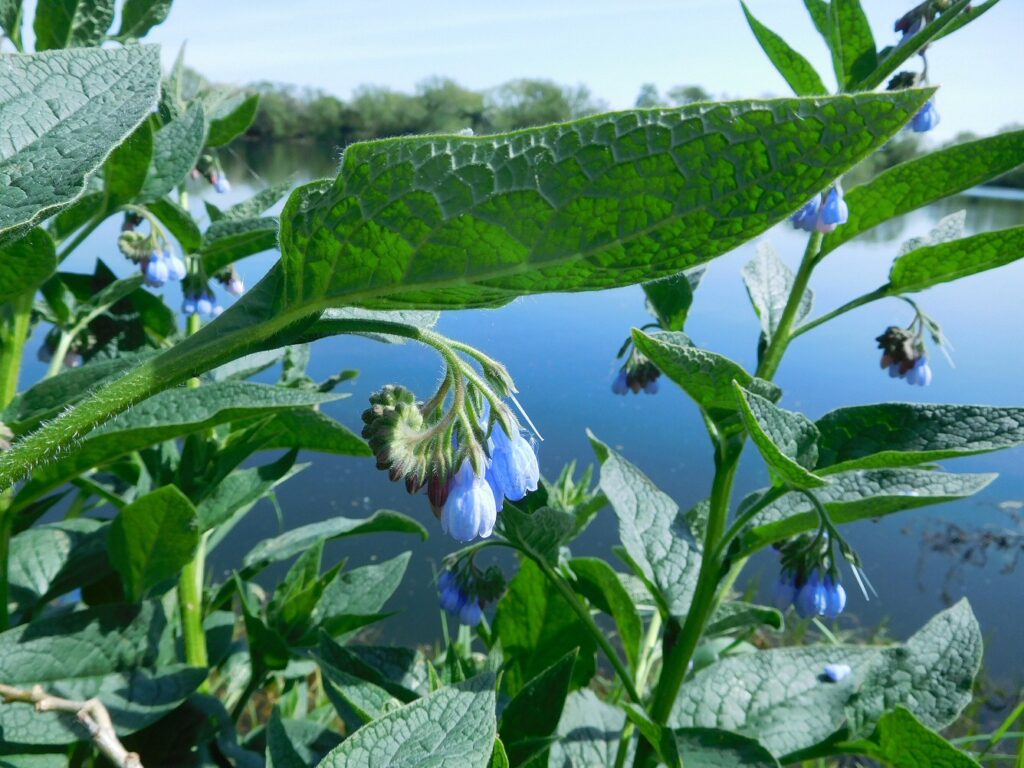
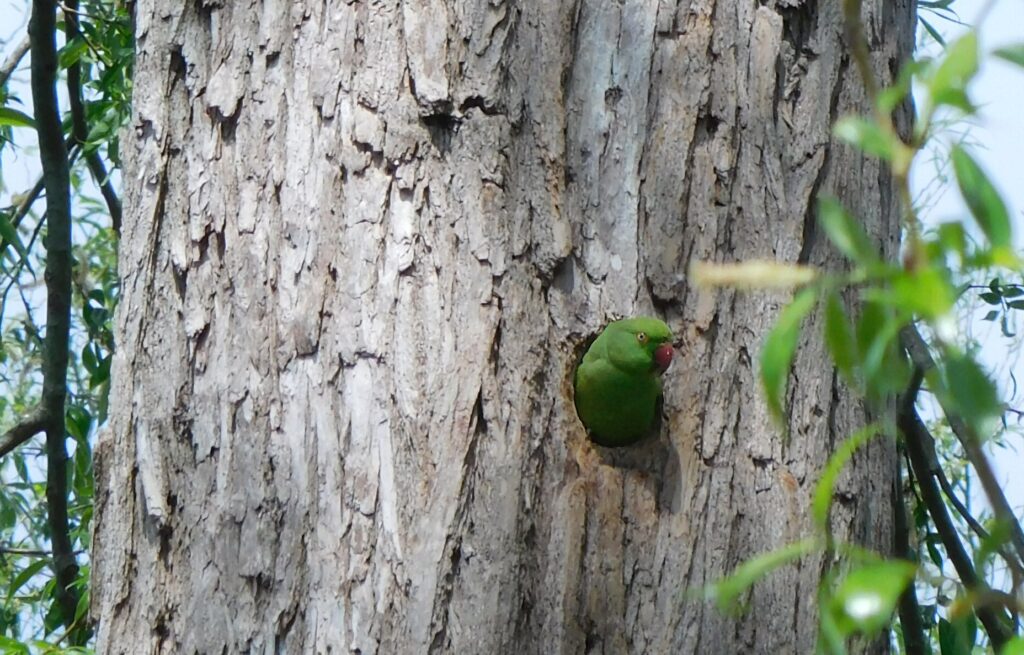
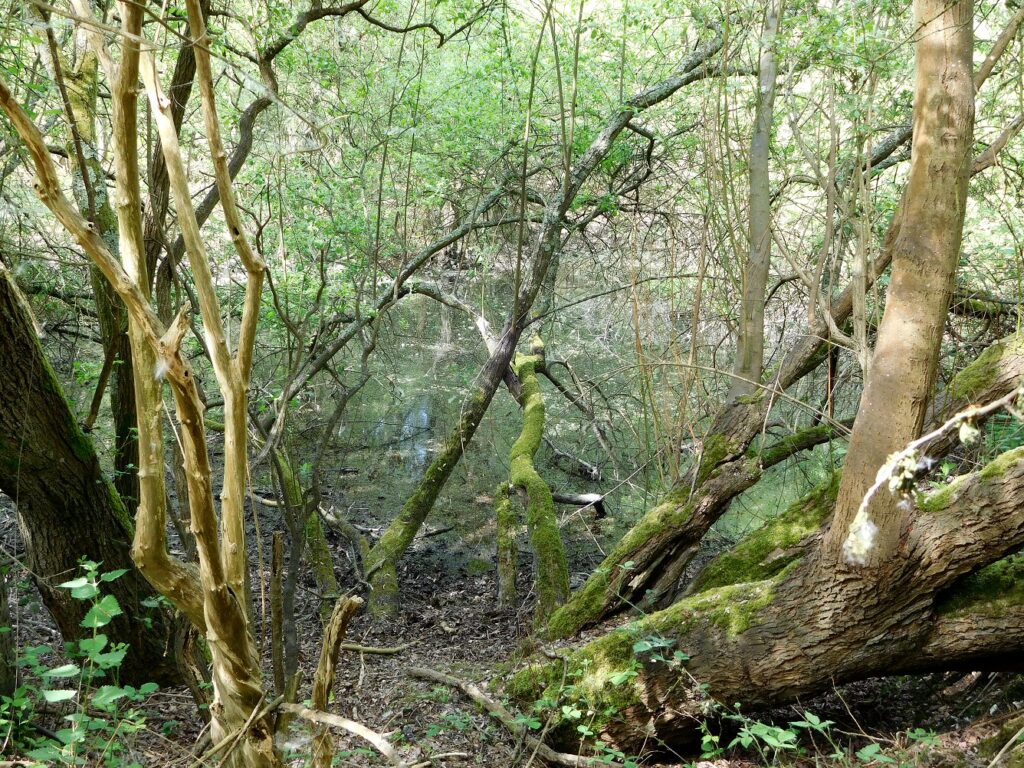
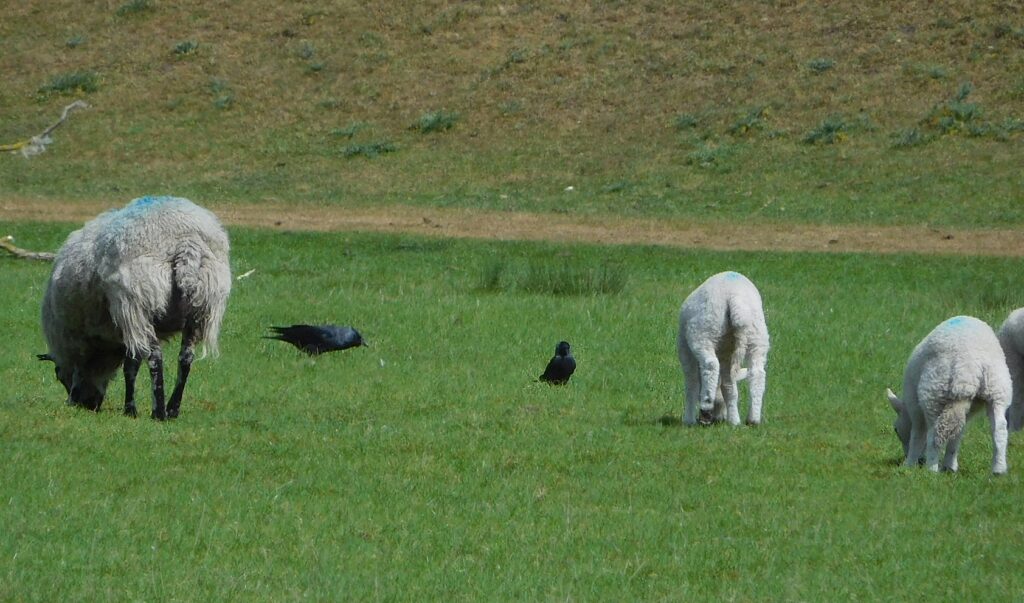
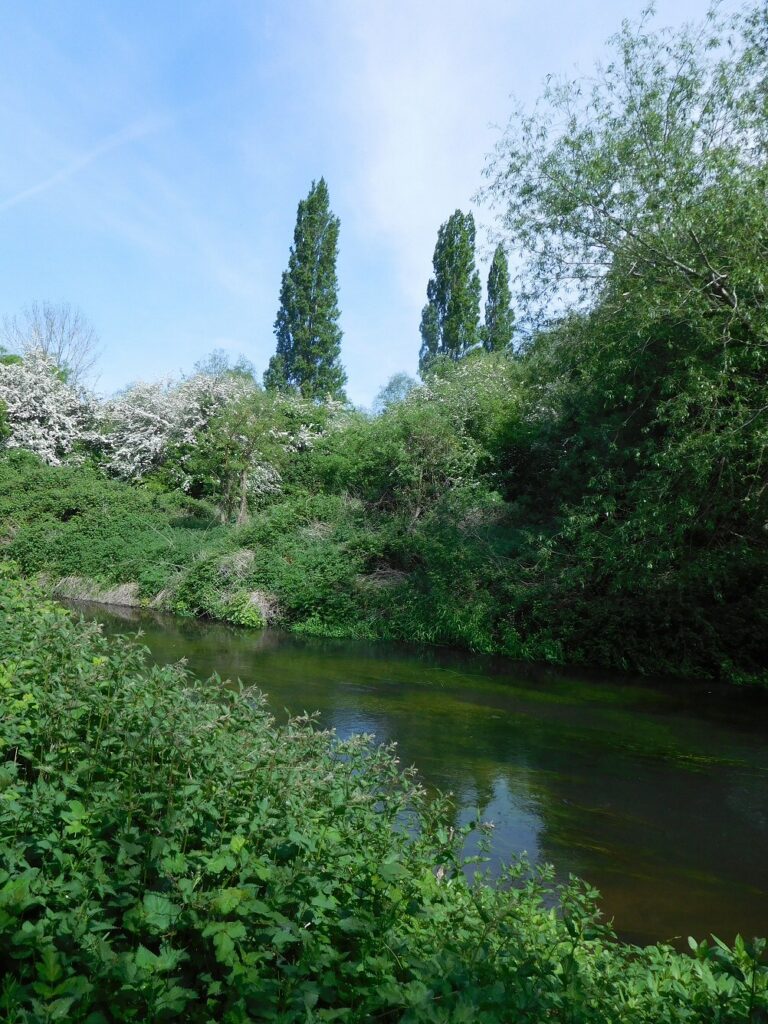
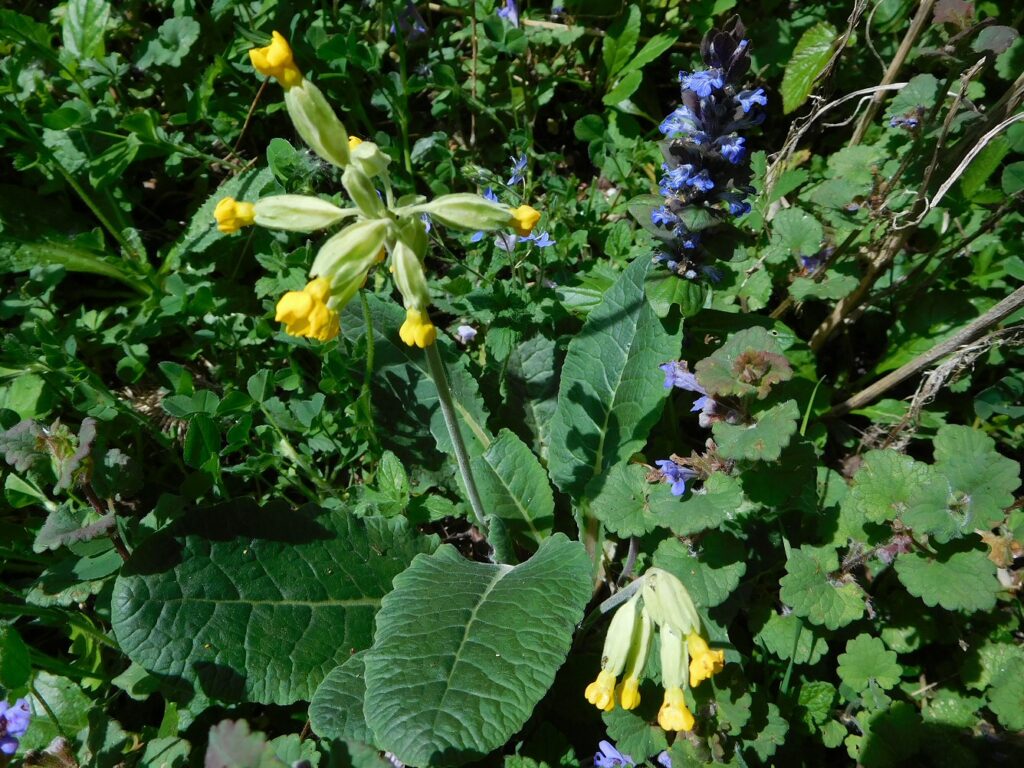
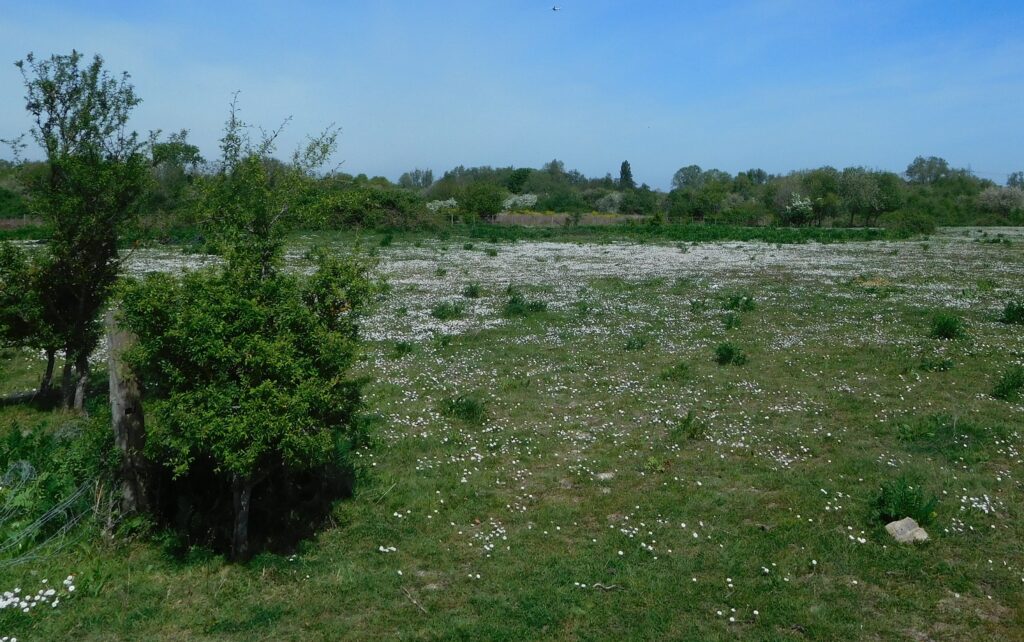
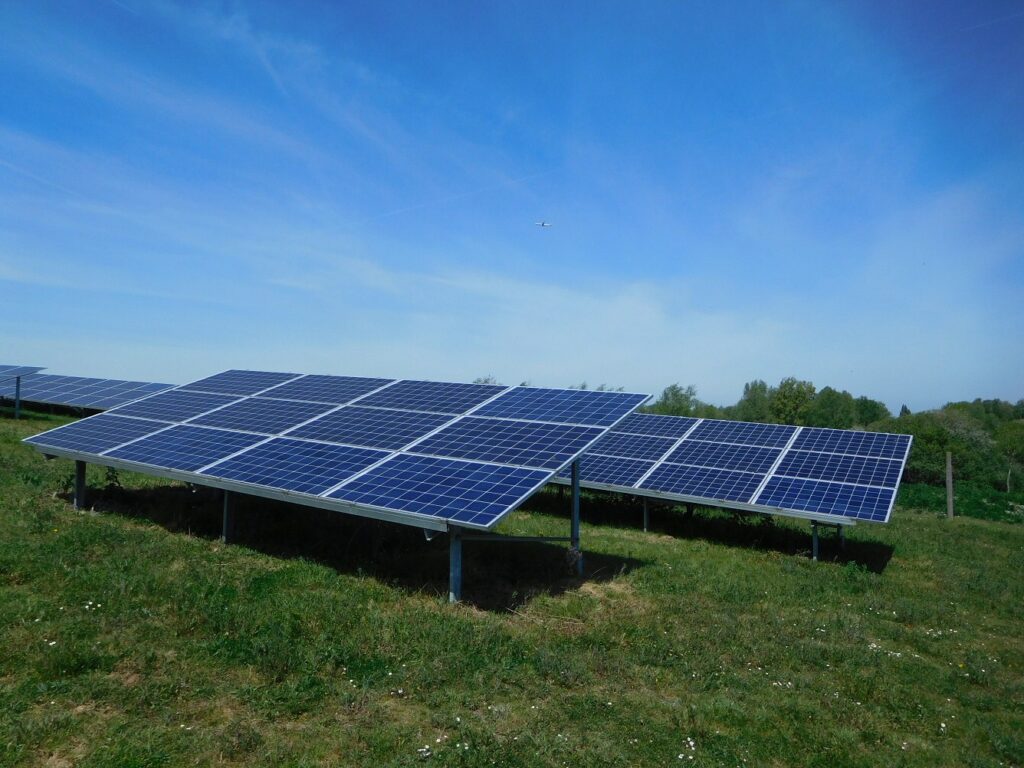
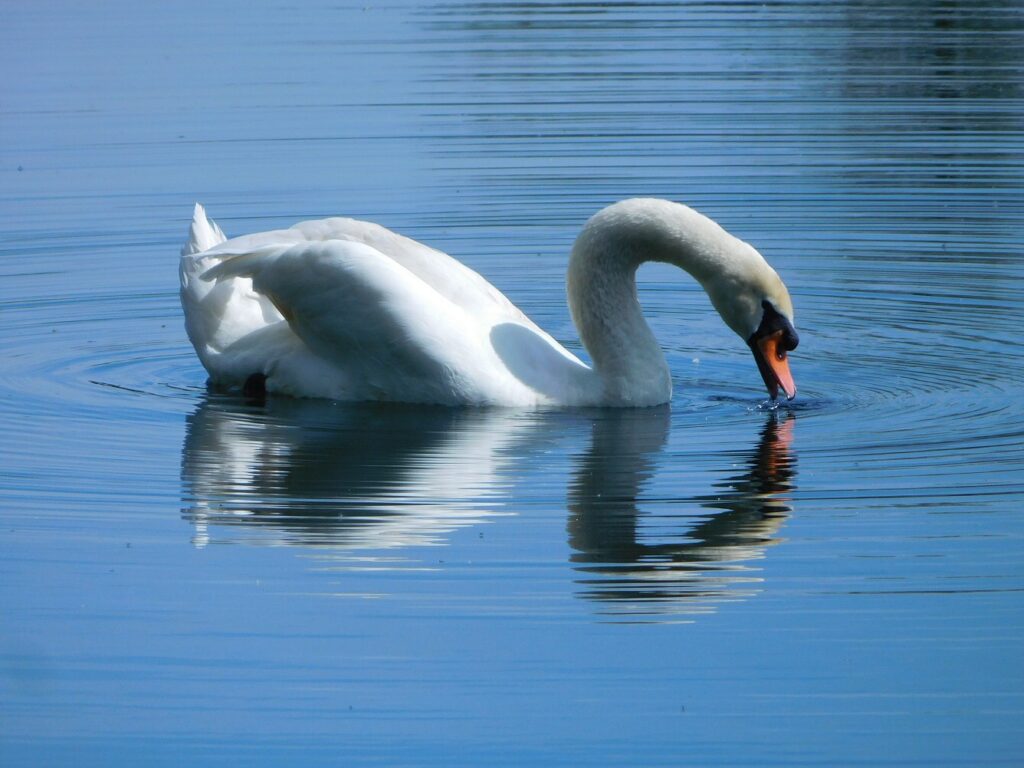
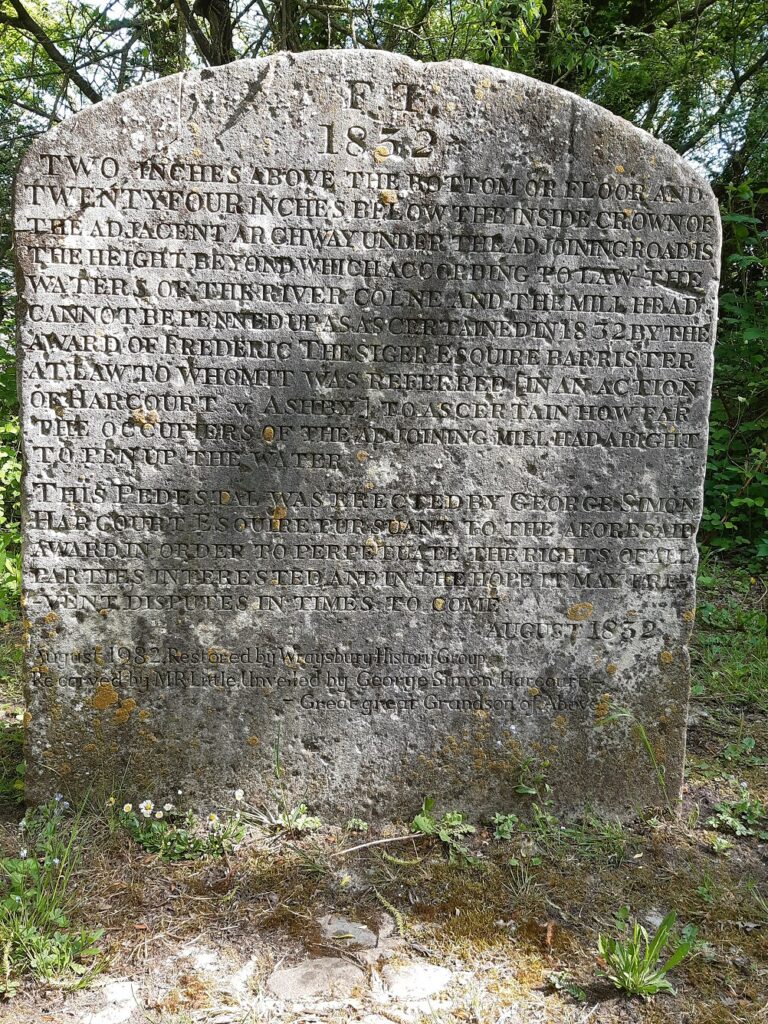
I don’t know if I’d set this in stone, but I heard 5 warblers singing, and caught a typical glimpse of a Cetti’s warbler diving from a bush beside the lake – big, dark brown, it really wasn’t any other bird. Still, I didn’t hear it call, which would have decided the matter beyond reasonable doubt. So, a 5-and-a-half warbler walk, I guess.
Butterflies: Large white, Small white, Brimstone, Holly blue, Peacock, Speckled Wood.
Odonata: Banded Demoiselle, Common blue (teneral, i.e. just emerged).
Other insects: Mayfly, Alder fly.
On the way home, I went round Heathrow airport, and a Skylark sang to me through the open car window from the grassy areas beside the runways.
